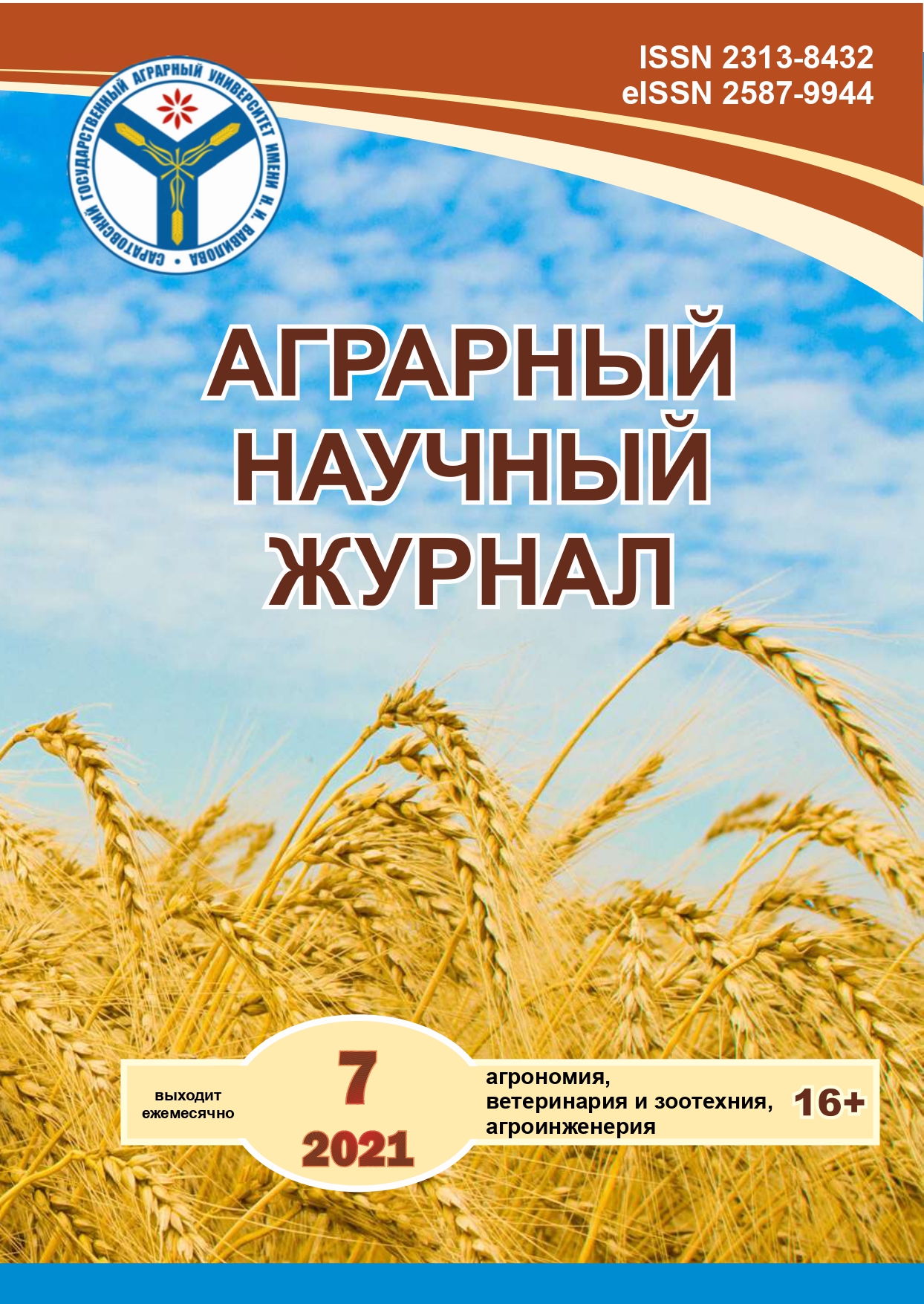Spontaneous macromutants "soft wheat" or a complete homolog of Tritcum kiharae Dorof. et Migusch
DOI:
https://doi.org/10.28983/asj.y2021i7pp40-43Keywords:
T. kiharae AbGD, spontaneous and induced macro-mutations, intermediate form, soft wheat macromutant, complete homologue, production characteristicsAbstract
For the successful development of breeding, a genetically diverse source material is necessary. The decline in genetic diversity is a global problem affecting most cultivated crops, including wheat. In this regard, the creation of a homologous soft wheat form for the second phylogenetic branch is very attractive, since it will be a valuable source material for the selection improvement of Triticum aestivum L.. AuBD. Previously derived from T. kiharae Dorof. et Migusch., AbGD under the influence of N-HMM (nitrosomethyl urea), the complete homologue showed phenomenal both phenotypic and certain genotypic similarity to soft wheat and easily crosses with the varieties of the latter. Later, the homologous form of soft wheat obtained from it under the influence of colchicine, despite its phenotypic proximity to the latter, looked like an intermediate form. Spontaneous macromutants "soft wheat" are shown, isolated, in the first case, from T. kiharae plants that have previously changed color, and, in the second, from the so-called intermediate form. The identified soft wheat macromutants were significantly superior in their production characteristics to the original T. kiharae and can also be used as a starting material to improve the characteristics of T. aestivum.
Downloads
References
Доспехов Б.А. Методика полевого опыта. – М.: Колос, 1985. – 352 с.
Коллекция видов пшеницы. Каталог / Б.В. Романов [и др.]. – Ростов н/Д, 2021. – 68 с.
Минеральный состав зерна диких сородичей и интрогрессивных форм в селекции пшеницы / Т.В. Савин [и др.]. // Вавиловский журнал генетики и селекции. – 2018. – № 22(1). – С. 88–96.
Митрофанова О.П. Генетические ресурсы пшеницы в России: состояние и предселекционное изучение // Вавиловский журнал генетики и селекции. – 2012. – № 16(1). – С. 10–20.
Полухин А.А., Панарин В.И. Основные проблемы селекции и семеноводства сельскохозяйственных культур и пути их решения // Зернобобовые и крупяные культуры. – 2020. – № 3(35). – С. 5–9.
Романов Б.В. Введение в феномогеномику количественных признаков рода Triticum. – Пос. Персиановский, 2010. – 136 с.
Романов Б.В., Пимонов К.И. Феномогеномика продукционных признаков видов пшеницы / Донской ГАУ. – Пос. Персиановский, 2018. – 188 с.
Романов Б.В., Пимонов К.И. Гомологичная мягкой пшенице форма из Triticum kiharae Dorof. et Migusch. // Известия нижневолжского агроуниверситетского комплекса: наука и высшее профессиональное образование. – 2020. – № 2(58). – С.153–163.
Щукина Л.В., Лапочкина И.Ф., Пшеничникова Т.А. Фенотипическое разнообразие линий мягкой пшеницы с интрогрессиями от диплоидного злака Aegilops speltoides по технологическим свойствам зерна и муки // Вавиловсикй журнал генетики и селекции. – 2020. – № 24(7). – С. 738–746.
Alvarez J.B., Guzman C. Interspecific and intergeneric hybridisation as a source of wheat grain quality improvement // Teor. Appl. Genet., 2018, 131: 225–251.
Vikram P., Franco J., Burgeno-Ferreira J. et. al. Unlocking the genetic diversity of Greole wheats // Sci. Rep., 2016, 6: 1–13.
Downloads
Published
Issue
Section
License
Copyright (c) 2021 The Agrarian Scientific Journal

This work is licensed under a Creative Commons Attribution-NonCommercial 4.0 International License.








